Keeping a white garment white is quite the undertaking. In ancient Rome, robes were restored to a pristine gleam through a combination of sunshine, chalk, sulphur and trampling underfoot. For the most stubborn blemishes, only stale urine would do. Other historic options were equally unsavoury. For centuries, soap was made from a combination of animal fat and lye (a caustic substance usually derived from cooking ash): a potent mix that one French visitor to England remarked upon in 1690 as causing a less-than-fragrant ‘stink’ wherever the washing of linens was happening. Rinsing, boiling, soaping, scrubbing, starching, soaking, pounding: the methods employed to keep a white garment spotless have always been laborious; the war against stains and secretions waged with the aid of tools ranging from bleach to blue-tinged dye.
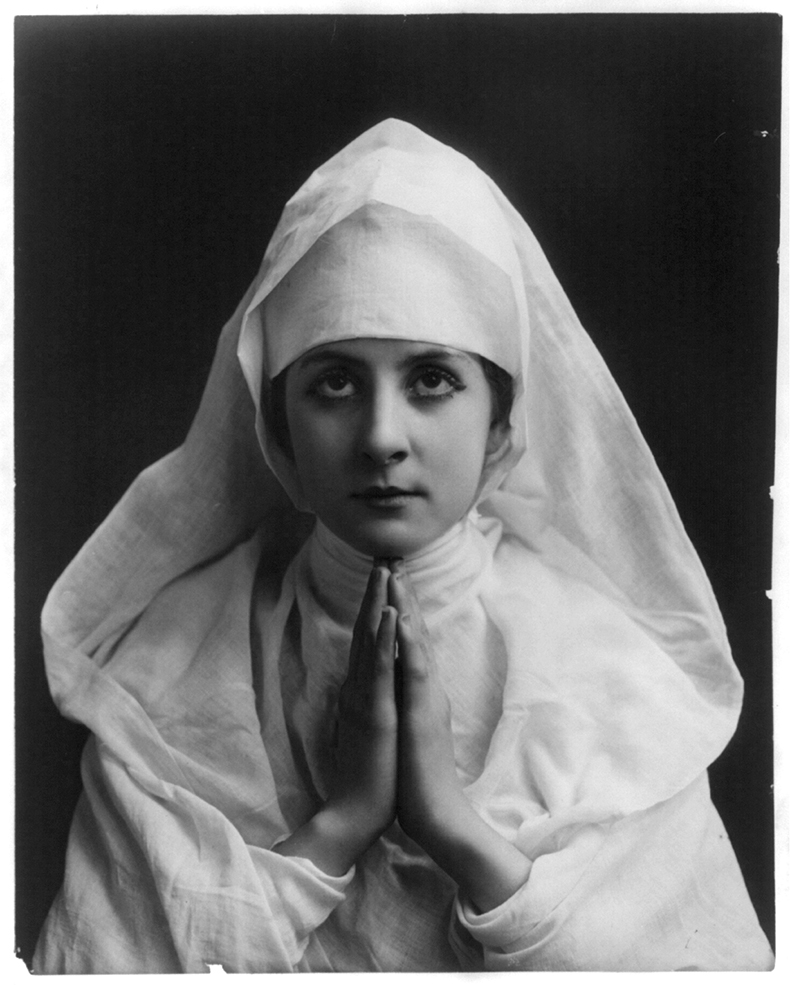
Young woman modeling, wearing a nun’s habit and praying (n.d.), Fritz W. Guerin. Library of Congress Prints and Photographs Division, Washington, D.C.
Pazazz: The Impact and Resonance of White Clothing by Nina Edwards is an enjoyable addition to the spate of colour-centric books published in recent years. It is all the better for dealing with not just the symbolically charged meanings of this (non)colour, but also its grimy physical realities. This is a book about the ‘bodily experience of wearing white’, whether the wearer is a girl receiving her first communion, an Austen heroine returning home with mud on her hem, or a pirouetting Rudolf Nureyev in a clinging white leotard slowly greying with sweat. To be clad in white is to experience both its radiance and its vulnerabilities, its authoritative power and its ability to shame.
The book’s title comes from a word popularised by the fashion editor Diana Vreeland, who liked its jaunty implications of glamour and dynamism. ‘Pazazz’ is a term invoked by Edwards to capture the ‘peculiar allure of white clothing, from early undyed cloth and wrapped clothing to the astounding finesse of couture fashion, through the ages and in many different cultures’. But as well as that, there’s something in the term that conveys a certain je ne sais quoi – a sprinkle of something free-floating and lively – which is more suitable for discussion of Napoleon’s affinity for silk stockings or the daring choice to don 1960s go-go boots than for more sober chapters in the history of white clothing, such as its associations with the Ku Klux Klan.
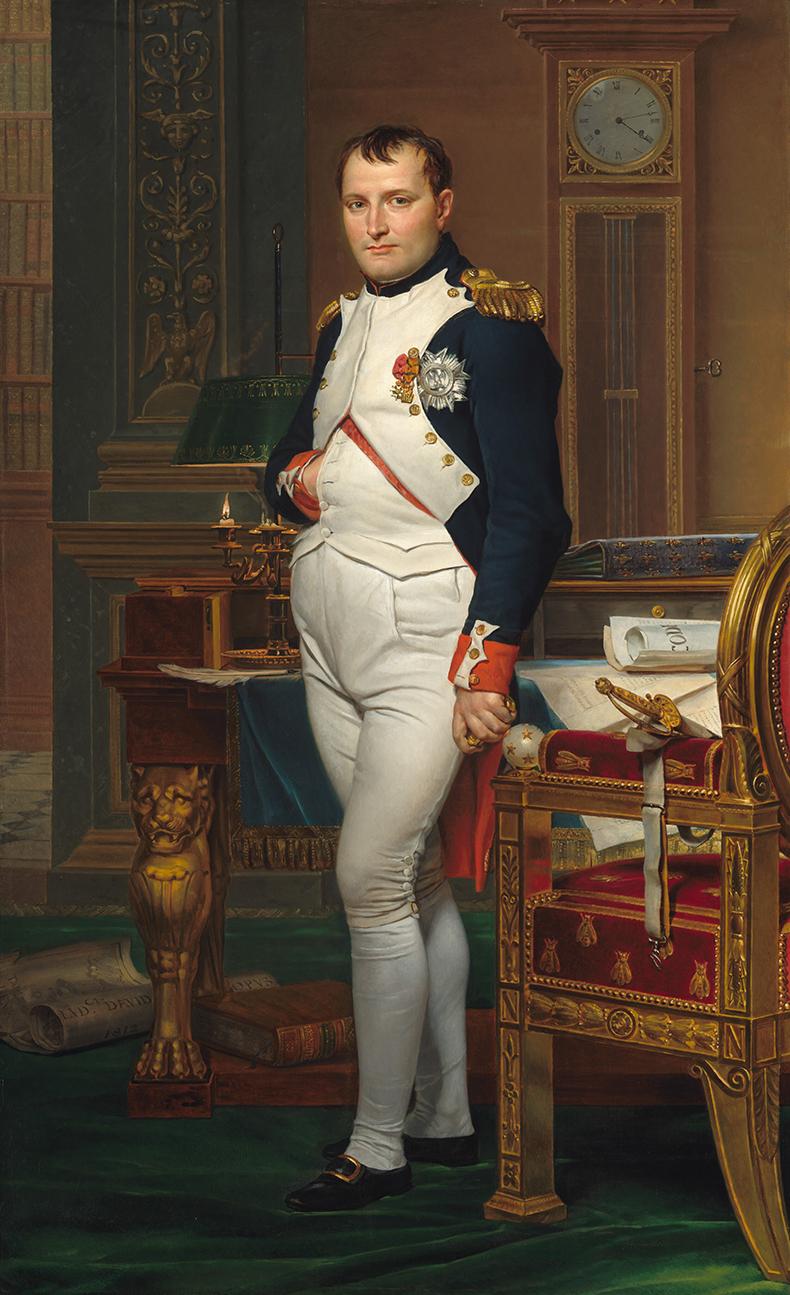
The Emperor Napoleon in His Study at the Tuileries (1812), Jacques-Louis David. National Gallery of Art, Washington, D.C.
This is a minor gripe, though, in this fascinating book. From the days of Roman robes (complete with intensive cleaning methods) to nervous debutantes in white gloves in the 1950s, Edwards unfolds a story of textile production and social ritual that also functions as a pale-hued portrait of the shifting tastes and silhouettes that define an age. As Michel Pastoureau writes in White: A History of a Colour, ‘colors are always ambivalent, each possessing its positive and negative aspects.’ White’s aspects are many and varied. Piety, purity, power, uniformity, ghostliness, hygiene, renewal, innocence, simplicity: the implications continue. Some of these meanings are contradictory and culturally specific, or more mutable – shifting over time. Elizabeth I’s starched ruffs and Marie Antoinette’s powdered hair now feel equally obsolete, but other historic trends remain thoroughly embedded. Whiteness and virginity have always been chaste bedfellows, but it took Queen Victoria wearing a white wedding dress to cement the Western image of the bride sweeping down the aisle in her unblemished finery.
What is to be gained from focusing on a single colour? What do we learn from red’s links with royalty, passion and damnation, or green’s ability to both seduce and soothe? In its more abstracted forms, as in Maggie Nelson’s book Bluets (2009), the impulse seems to be not so much about capturing a colour as an unworded feeling – an elusive sensation, best approached elliptically or even obsessively. But in the context of clothing, a colour is often a useful narrative thread. It offers something tangible to hold on to while exploring the labyrinthine history of what humans have chosen to wear, guiding us around the edges of the panniers and bustles, beckoning us close enough to hear the clatter of sewing machines as the Industrial Revolution takes off.
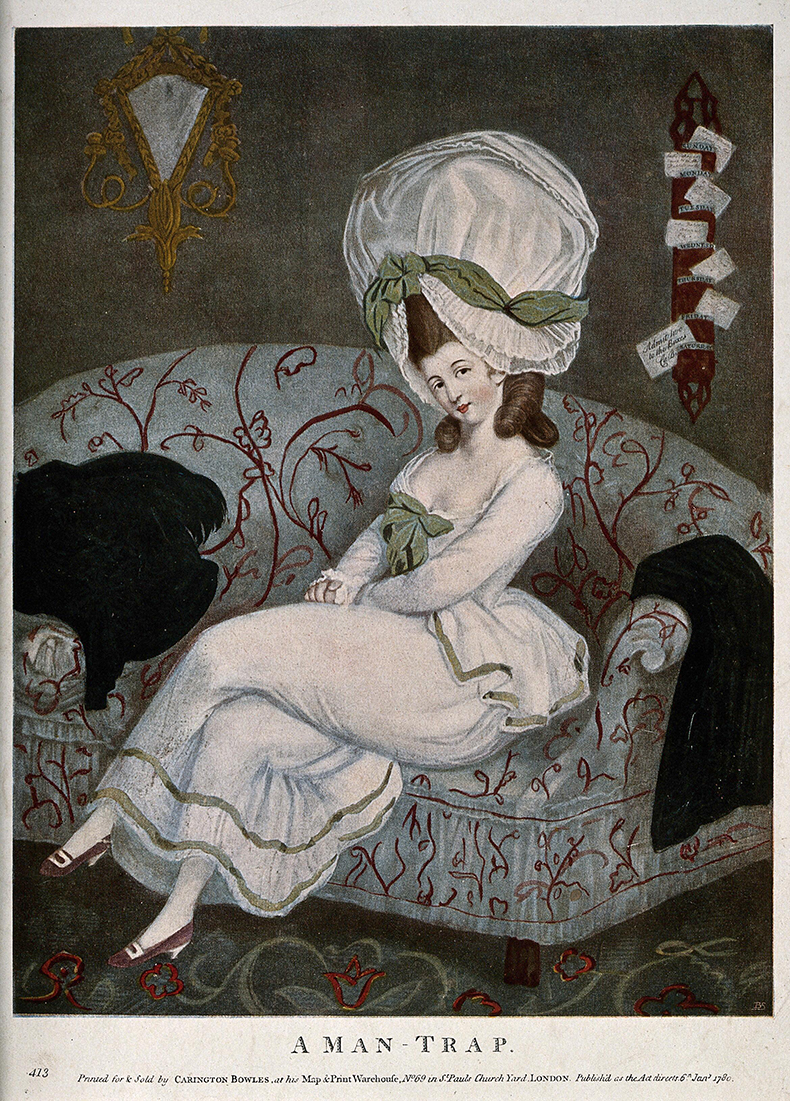
A Man-Trap (1780), published by Carington Bowles. Wellcome Collection.
Edwards is a spirited guide. Her research is thorough but never dull, her writing unafraid of engaging with the visual pleasure of what she is describing (a catwalk model ‘high-steps out in strobed splendour’; Marilyn Monroe in The Seven Year Itch, 1955, is all ‘joyous, mischievous sensuality’). She’s also happy to drop in the odd personal anecdote – reflecting on her own, intimate memories of white garments. Her grandmother’s ‘coarse, white cotton chemise’ appears at one point, its ‘initials in fraying red at the hem’. We bring our own map to that complex and clashing nexus of colour associations, tracing and overlaying our particular recollections and possessions. As Edwards concludes, ‘There are garments that exist only in the mind, but also those of wool, cotton, linen and silk, that can remind us of the body beneath or the spirit of the person who once wore them.’ One rather wishes that she had ended it there, rather than a few lines later with that Mark Twain quote about clothes making the man: a quote that has been too-often repeated, its meaning dulling over time like a grubby white shirt, no longer fresh or startling.
Pazazz: The Impact and Resonance of White Clothing by Nina Edwards is published by Reaktion Books. White: A History of a Colour by Michel Pastoureau, translated by Jody Gladding, is published by Princeton University Press.
Unlimited access from just $16 every 3 months
Subscribe to get unlimited and exclusive access to the top art stories, interviews and exhibition reviews.

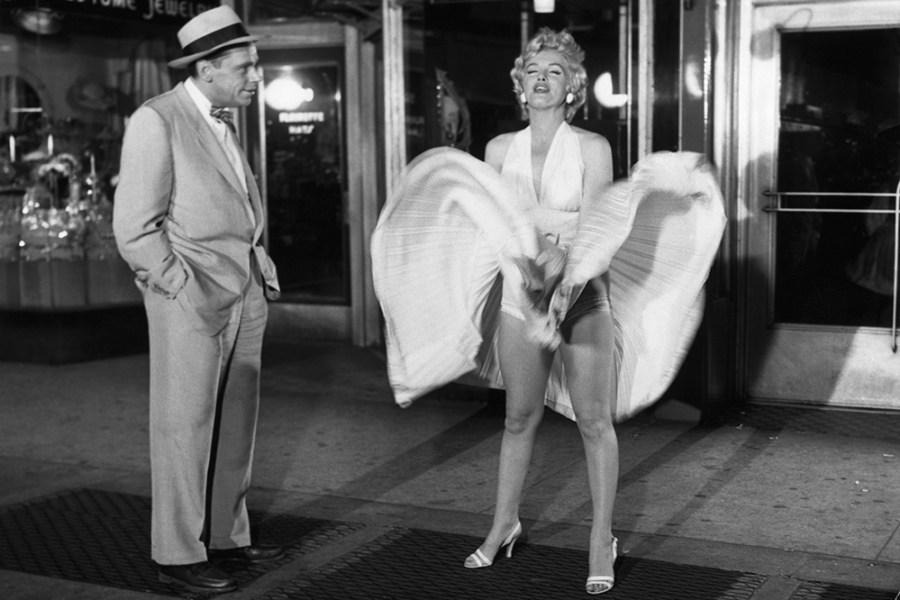
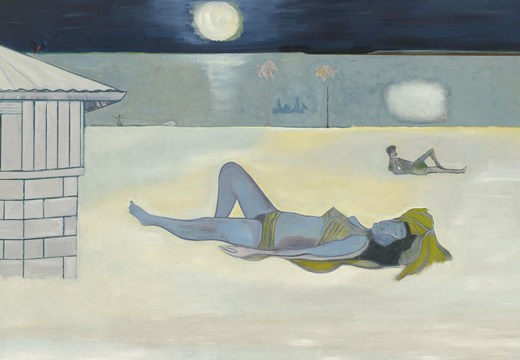
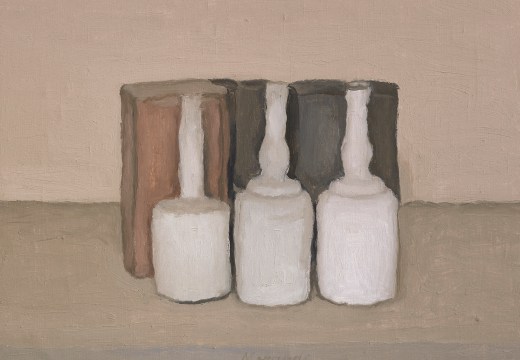









![Masterpiece [Re]discovery 2022. Photo: Ben Fisher Photography, courtesy of Masterpiece London](http://www.apollo-magazine.com/wp-content/uploads/2022/07/MPL2022_4263.jpg)
It’s time for the government of London to return to its rightful home